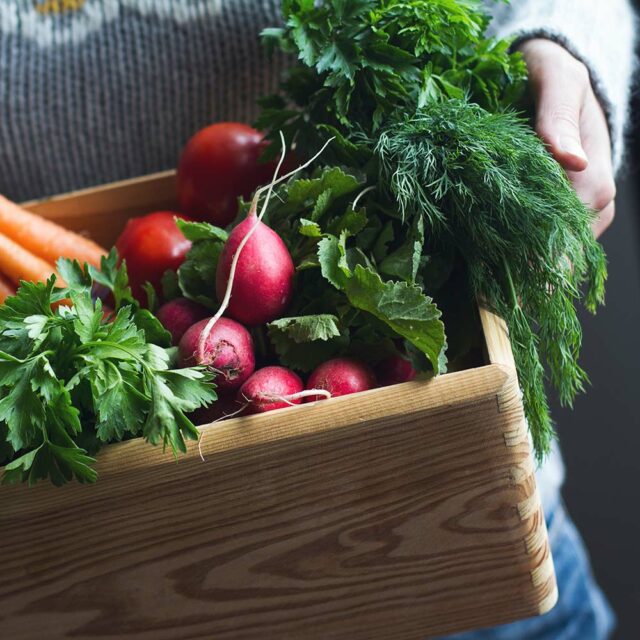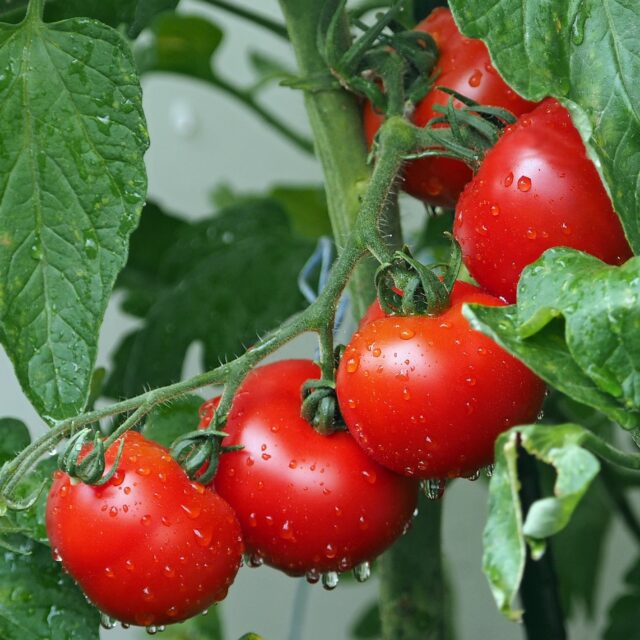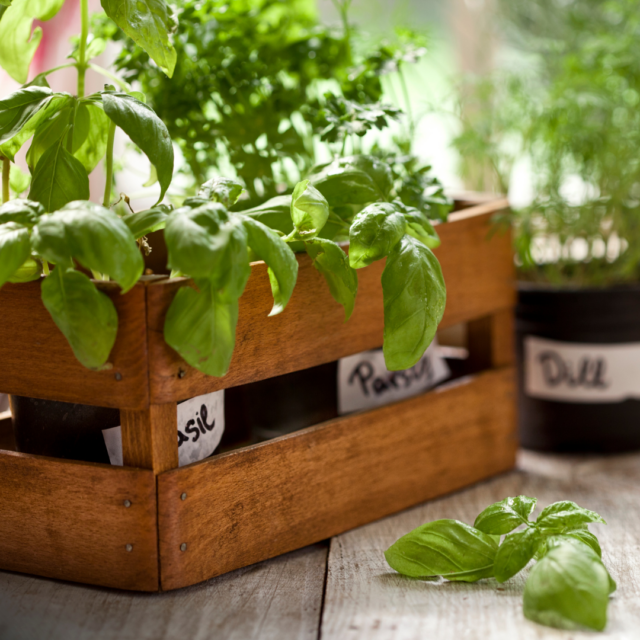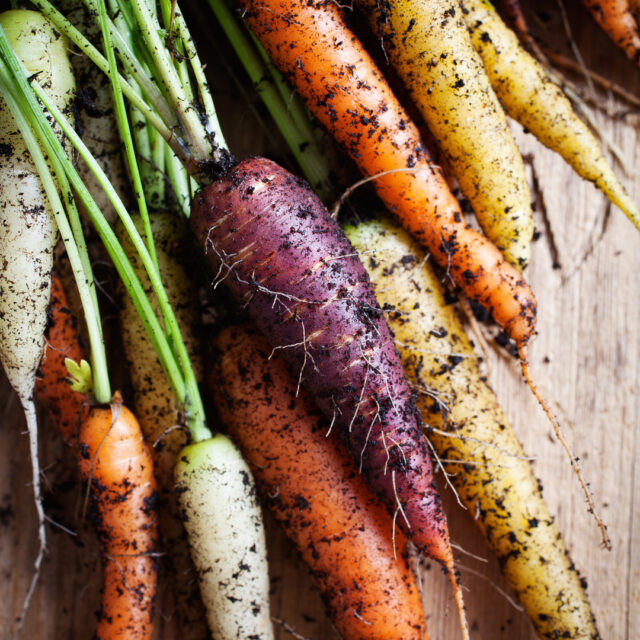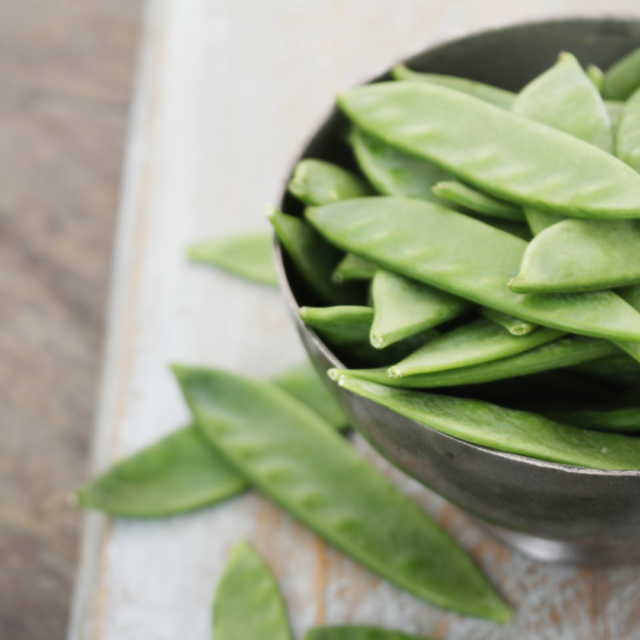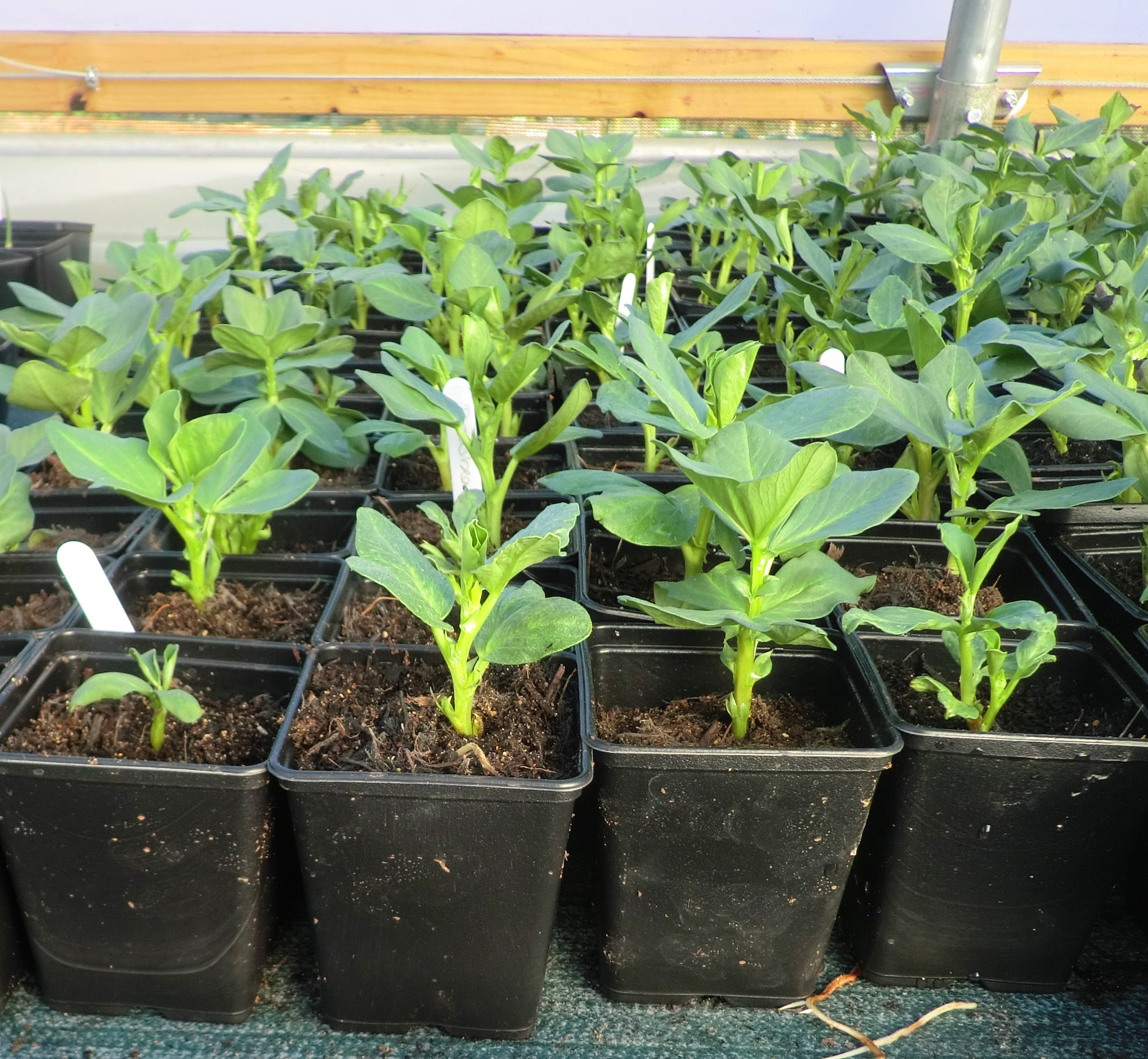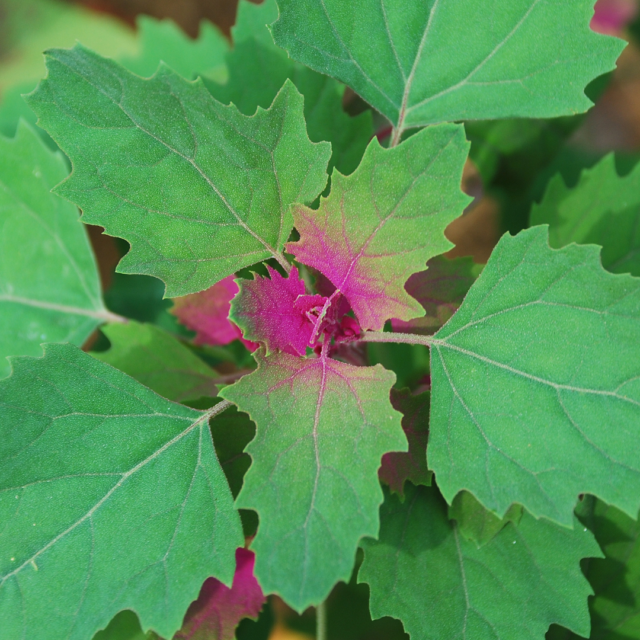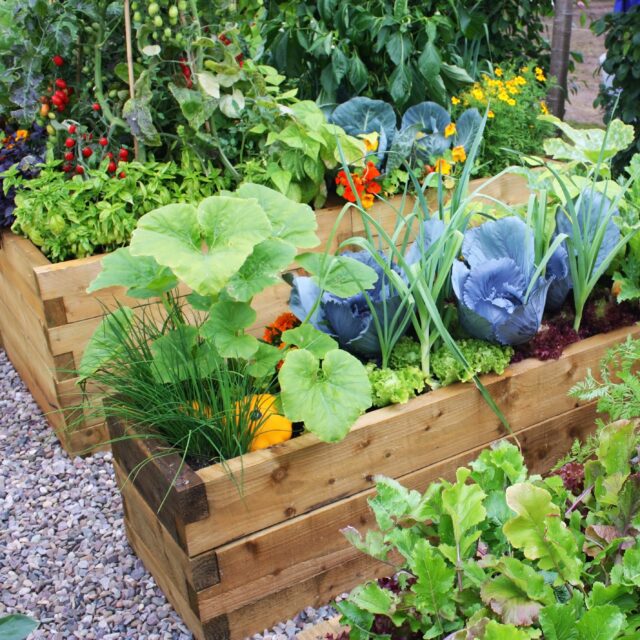Growing vegetables in containers is fast becoming a popular option for people who are limited on space, but still want to indulge their green thumb! In fact, you’d be surprised how many vegetables can thrive in a container. Read on to find out some top tips for container gardening success.
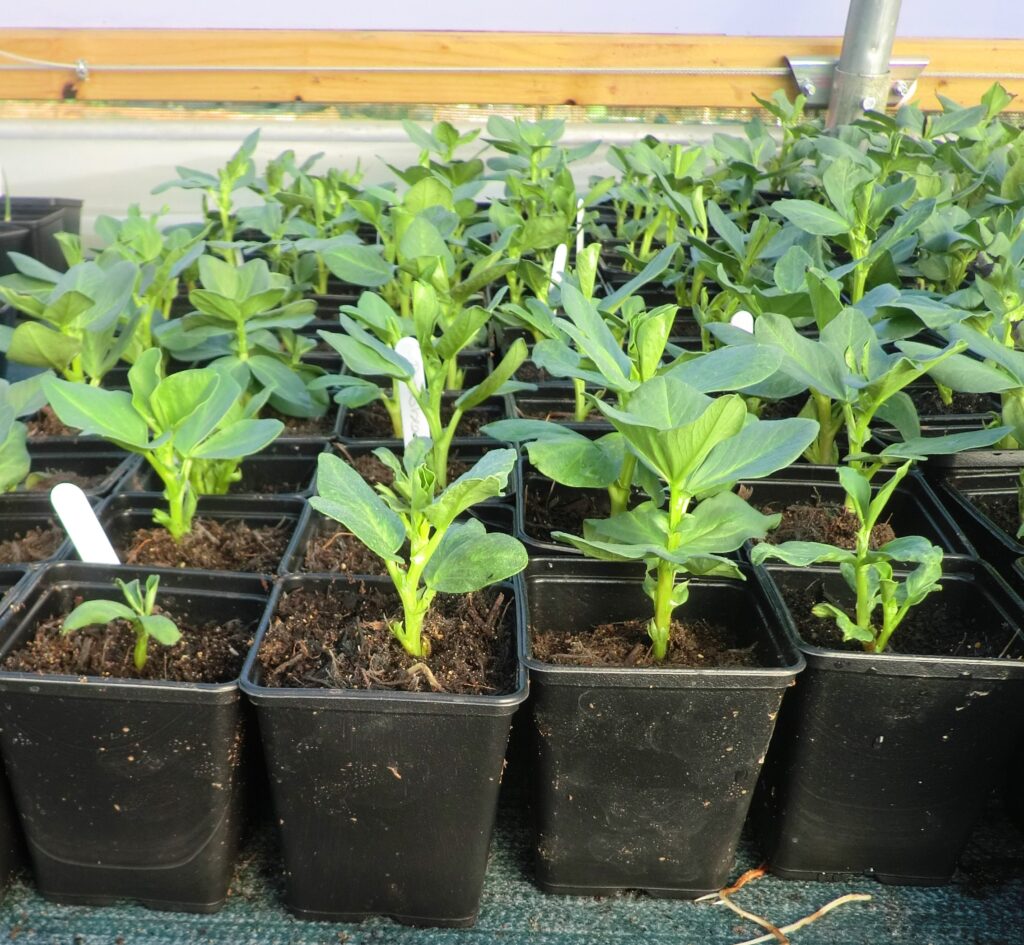
‘What Vegetables Can I Grow in Containers?’
There are a surprising amout of vegetables that will do well in a container, but overall compact varieties will do the best. When buying seeds, look out for descriptors such as ‘bush, compact, and space saver’ as these will lend themselves well to container growing.
The following vegetables can be grown in a container garden:
- Beetroot
- Beans (broad, dwarf french and runner)
- Carrots
- Chillies
- Herbs
- Peas
- Peppers
- Potatoes
- Radishes
- Salad leaves
- Spring onions
- Tomatoes
How to Grow Vegetables in Containers
Location
The majority of plants need lots of sun, so it’s important to place your containers somewhere sunny. Ideally they should be positioned somewhere they can receive at least 6 hours of direct light a day.
Locate containers somewhere sheltered. This is to keep plants out of cold and drying winds. Behind a fence, hedge, or screen works well to reduce wind.
For easy access, try locating the pots as close to your house or flat as possible. If you’re growing on a balcony, ensure your pots are secure.
Container Choice
You can be creative with your container choices – why not try an old metal bathtub or ceramic sink!
Classic container material choices include wood and plastic. Ensure that the pot is big and heavy enough for the plant when it is fully grown.
The most important thing is to ensure that there are adequate drainage holes to prevent water logging.
Compost
For the best results, use a sterile potting compost.
An alternative is a home made mixture of two parts soil and one part well rotted organic material. However this will not be sterile, and therefore may post a risk for pests and diseases.
Watering
When it comes to growing in containers, watering is your number one priority. This is because plants won’t have access to moisture in the soil.
During the summer, plants can dry out within hours if the conditions are too hot. On hot days, water plants throughly in both the morning and evening. Make sure you allow the water to penetrate down to the roots. If you’re planning to go away during part of the summer, consider installing a drip irrigation system.
Other Care
- To ensure healthy and happy plants, feed with an all purpose liquid fertiliser every two weeks.
- If it’s looking like frost, cover the plants with a horticultural fleece and move to a sheltered spot.
- Make sure your containers are large enough, as lack of root space can result in wilting and nutrient deficiency.
To Conclude: Growing Vegetables in Containers
Growing vegetables in containers is an easy, and space effective, way of growing your own veg. You can expand your garden easily with the addition of multiple containers in a variety of shapes and sizes. A surprising amount of herbs and vegetables will thrive in a container, but be careful to make sure they have adequate water and drainage.
